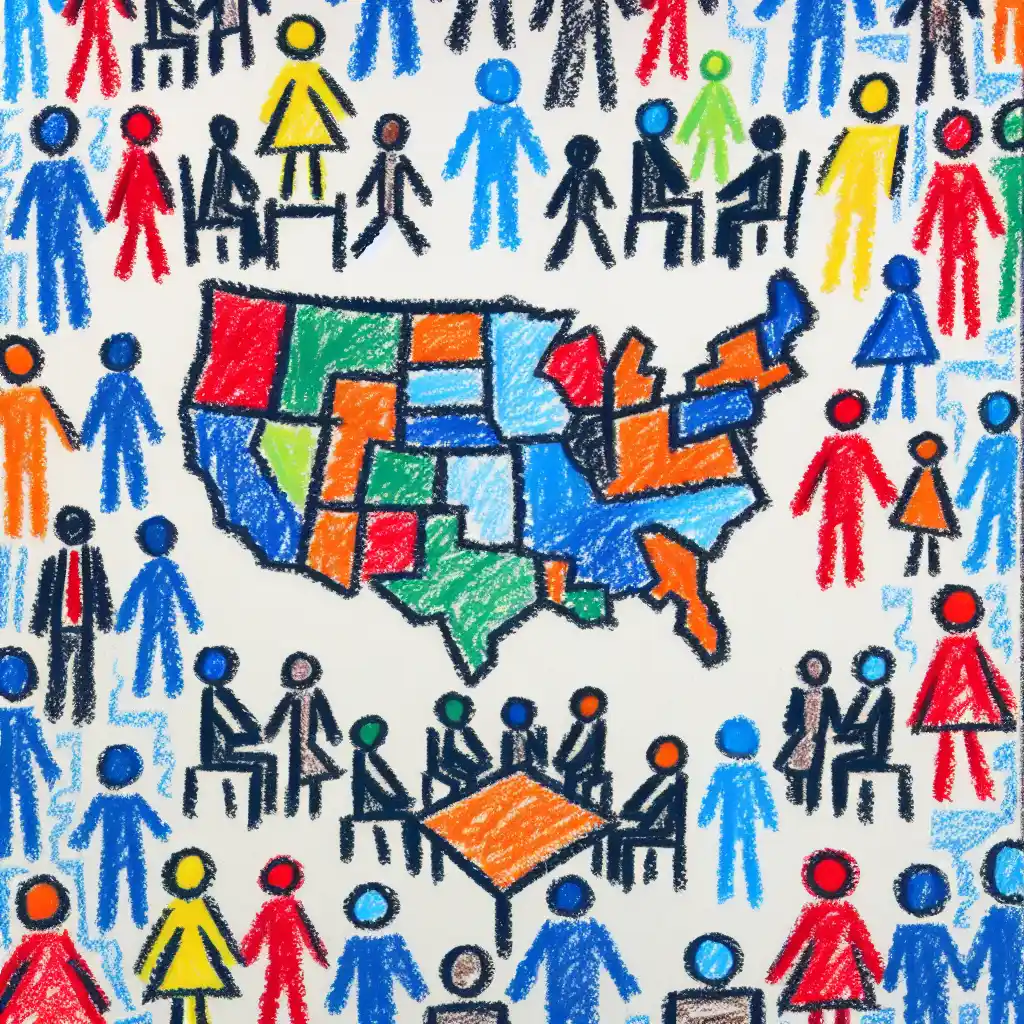Republicans in Texas release a proposal for a new congressional map

Explain Like I'm 5
Imagine you have a giant chocolate bar, but instead of eating it all yourself, you have to share it with your friends at your birthday party. Now, how you break the chocolate into pieces can make some friends get bigger pieces than others. In Texas, the people in charge, called Republicans, are suggesting a new way to break up the state into pieces, called districts, where people vote. They want to break it up so they can win more pieces (or districts) in future games (or elections). It's a bit like trying to make sure your best friends are sitting where the biggest chocolate pieces will go!
Explain Like I'm 10
In Texas, the Republican party has come up with a new plan for dividing the state into voting areas, which we call congressional districts. Each district chooses one person to go represent them in a big group called the House of Representatives, which helps make laws. The new map they suggest is designed in a way that could help Republicans win five more seats than they usually would in the next big election, which is like a huge contest for who gets to make the rules. This is important because having more seats means having more power to decide on laws and rules that everyone in the country follows. It's a bit like rearranging teams in dodgeball to make sure one team has a better chance of winning.
Explain Like I'm 15
The Republican party in Texas has proposed a new way to draw the congressional districts, which are the areas that determine who gets to represent them in the House of Representatives at the national level. This process is called redistricting. It's legally required to happen every ten years to match new population data from the census, but it can be very controversial. This is because how the lines are drawn can significantly influence political power. For example, by creating districts with higher concentrations of likely Republican voters, the party can potentially secure more seats in the House, thus gaining greater influence over national legislation.
This redrawing can lead to something called gerrymandering, where the lines are drawn in a way that intentionally benefits one party, which can undermine fair representation. The implications of this new map are significant, not just for Texas but for the entire balance of power in Congress during mid-term elections. If Republicans gain those additional seats, it could shift the legislative agenda and affect national policies on everything from healthcare to education. Looking ahead, this map could face challenges in courts, as opponents may argue that it's designed to unfairly favor one party over another. Legal battles over such maps are common, as they raise big questions about the fairness and equity of our electoral processes.
Want to read the original story?
View Original Source